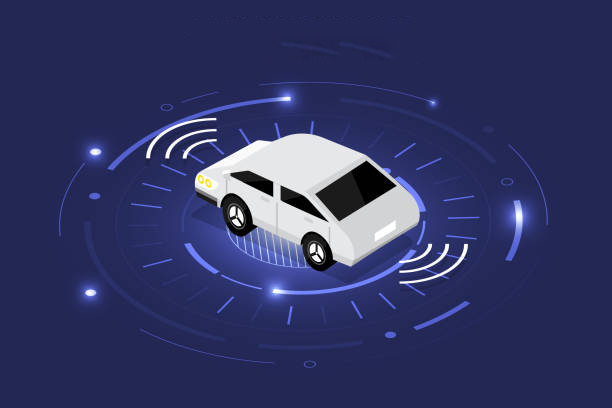An overview of the principle:
Sensor Detection
Alarms are usually equipped with various sensors such as accelerometers, vibration sensors, door and window switches. These sensors can detect if the vehicle has been hit, vibrated, or if someone is trying to enter the vehicle.
Signal Processing
The signals detected by the sensors are transmitted to the alarm’s signal processing unit. Here, the processing unit parses and analyzes the received signals to distinguish between normal conditions and potential threats.
Alarm Triggering:
If the signal processing unit detects an abnormal situation, such as a bump or vibration in the vehicle, or if someone tries to enter the vehicle illegally, the alarm triggers an alarm. This is usually an audible alarm, such as a horn or siren.
Activating Security Measures:
In addition to sounding an audible alarm, some alarms can activate other security measures such as flashing lights, shutting off the fuel supply, or activating an engine immobilizer to prevent further vehicle movement or theft.
Main History
Early Anti-Theft Systems
The development of car alarms can be traced back to the early 1900s. The earliest car alarms were simple mechanical devices, such as wheel locks or brake locks, used to prevent vehicle theft. These systems were essentially mechanized, simple in function, and could only provide basic anti-theft features.
The Electronic Age
The first electronic car alarms appeared in the 1960s and 1970s as electronic technology advanced. These systems used electronic sensors to detect vibration or intrusion into the vehicle and alerted the owner by sounding an audible alarm. However, these early electronic alarms often suffered from false alarms and had limited accuracy and reliability
Remote Control and Integration
In the 1980s and 1990s, with the development of wireless communication technology, alarms began to have remote control capabilities. These systems allowed vehicle owners to remotely activate or deactivate alarms, and gradually integrated additional features such as central door lock control and vehicle-activated anti-theft.
Intelligence and Connectivity
In the early 21st century, with the rise of the Internet of Things and smart technologies, car alarms entered the era of intelligence and connectivity. Modern alarm systems can be integrated with other vehicle electronic systems such as in-car security systems, smart keys, mobile apps, etc. to provide more features and control options such as remote start, vehicle tracking, remote monitoring, etc.
Versatility and Customization
Modern car alarms are more than just anti-theft devices with additional features and customization options such as vehicle health diagnostics, remote control, intelligent alarm triggering, and more. Car owners can choose the right alarm system and customize the features and settings according to their needs and preferences.
Improved Safety Standards
As vehicle safety standards improve, so do the features and capabilities of today’s car alarms. The new generation of car alarms is equipped with more sophisticated sensor technology and more advanced alarm-triggering algorithms to improve accuracy and reliability, providing a higher level of vehicle safety protection.
Future
As user demand for an automotive technology experience continues to grow, the car alarm industry is striving to improve the user experience. Modern car alarms often feature user-friendly interfaces and easy-to-use controls to meet user demands for convenience and ease of use.







